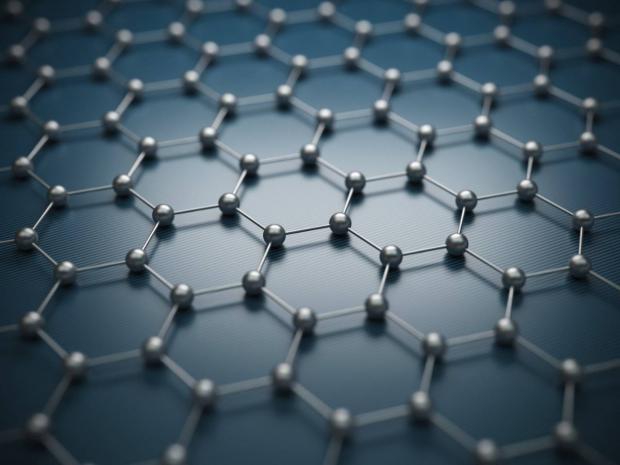
Breaking News
 Mirrored concrete for cheap solar energy
Mirrored concrete for cheap solar energy
 All Government Is Dictatorial Because All Government Is Totalitarian
All Government Is Dictatorial Because All Government Is Totalitarian
 Putin Says He's Ready for Peace
Putin Says He's Ready for Peace
 Medicaid Fraud in Minnesota at least $9 Billion Since 2018
Medicaid Fraud in Minnesota at least $9 Billion Since 2018
Top Tech News
 Perfect Aircrete, Kitchen Ingredients.
Perfect Aircrete, Kitchen Ingredients.
 Futuristic pixel-raising display lets you feel what's onscreen
Futuristic pixel-raising display lets you feel what's onscreen
 Cutting-Edge Facility Generates Pure Water and Hydrogen Fuel from Seawater for Mere Pennies
Cutting-Edge Facility Generates Pure Water and Hydrogen Fuel from Seawater for Mere Pennies
 This tiny dev board is packed with features for ambitious makers
This tiny dev board is packed with features for ambitious makers
 Scientists Discover Gel to Regrow Tooth Enamel
Scientists Discover Gel to Regrow Tooth Enamel
 Vitamin C and Dandelion Root Killing Cancer Cells -- as Former CDC Director Calls for COVID-19...
Vitamin C and Dandelion Root Killing Cancer Cells -- as Former CDC Director Calls for COVID-19...
 Galactic Brain: US firm plans space-based data centers, power grid to challenge China
Galactic Brain: US firm plans space-based data centers, power grid to challenge China
 A microbial cleanup for glyphosate just earned a patent. Here's why that matters
A microbial cleanup for glyphosate just earned a patent. Here's why that matters
 Japan Breaks Internet Speed Record with 5 Million Times Faster Data Transfer
Japan Breaks Internet Speed Record with 5 Million Times Faster Data Transfer
60 Uses and Applications of Graphene – Nanografi

To begin exploring the applications and uses of graphene, it's important to understand what is graphene. Graphene is a material composed of pure carbon, similar to graphite but with unique characteristics that make it extraordinarily light and strong. It's a single layer of carbon atoms arranged in a hexagonal lattice pattern, which gives it remarkable properties that have captured the attention of scientists and industry professionals alike. A sheet of one square meter of graphene weighs 0.77 milligrams. Its strength is 200 times greater than that of steel and its density is similar to that of carbon fiber. All these make it resist high bending forces without breaking. It is one of the most conductive materials for electricity and heat, which makes it the perfect material for electronics and many other industries. For many experts, graphene is the material of the future. Its scientific definition and possible application areas can be considered somewhat complex, but the truth is that the properties of this material open a new horizon in the world of technology.
Nanografi presents top-quality graphene solutions and research area for enhanced projects, productions, and technology. In this blog, you can profoundly explore the present and the potential uses and applications of graphene.
Introduction
Its applications are virtually unlimited and promise to revolutionize many fields: from electronics and computing to construction or even health. You can find nearly all applications and uses of graphene in this list – some already commercialized, some need years to materialize.
Guide to 60 Uses and Applications of Graphene
Graphene's Applications in Energy Industry: Items 1-6
Graphene's Applications in Medicine: Items 7-22
Graphene's Applications in Electronics: Items 23-34
Graphene's Applications in Food Industry: Items 35-39
Graphene's Applications in Sports: Items 40-45
Other Applications of Graphene: Items 46-60
Uses and Applications of Graphene
Graphene has a wide range of potential applications and uses due to its exceptional mechanical, electrical, and thermal properties. It is used in electronics, energy storage, sensors, coatings, composites, biomedical devices and many other. Its high surface area and biocompatibility make it an attractive material for drug delivery and tissue engineering applications. Graphene's unique properties make it a promising material for many future technologies.

 Advanced Propulsion Resources Part 1 of 2
Advanced Propulsion Resources Part 1 of 2

